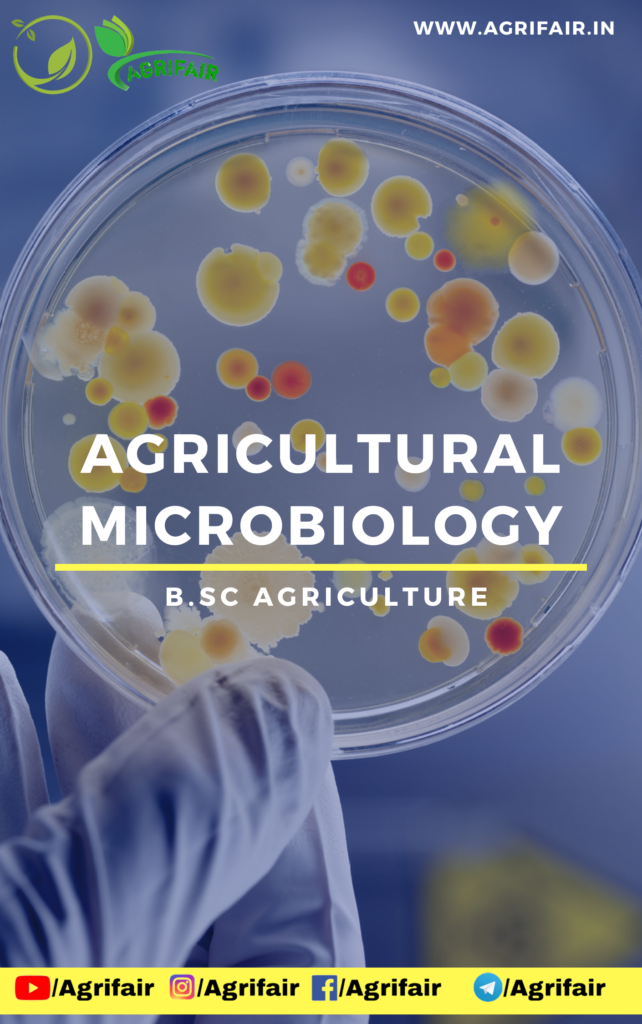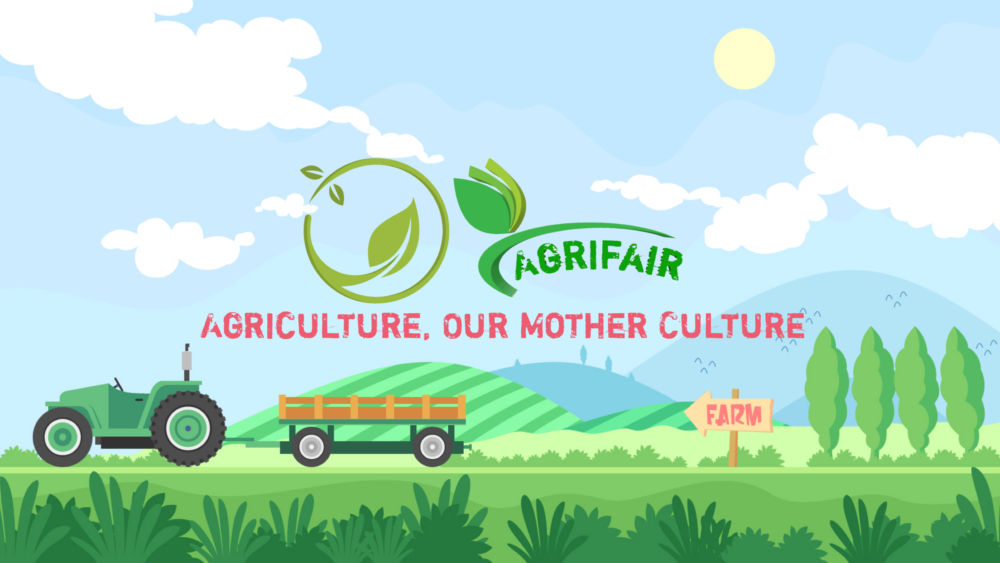

Microbiology often has been defined as the study of organisms and agents too small to be seen clearly by the unaided eye—that is, the study of microorganisms. Because objects less than about one millimeter in diameter cannot be seen clearly and must be examined with a microscope, microbiology is concerned primarily with organisms and agents this small and smaller.
Microorganisms are everywhere. Almost every natural surface is colonized by microbes(including our skin). Some microorganisms can live quite happily in boiling hot springs, whereas others form complex microbial communities in frozen sea ice. Most microorganisms are harmless to humans. You swallow millions of microbes everyday with no ill effects. In fact, we are dependent on microbes to help us digest our foodand to protect our bodies from pathogens. Microbes also keep the biosphere running by carrying out essential functions such as decomposition of dead animals and plants.Microbes are the dominant form of life on planet Earth. More than half the biomass on Earth consists of microorganisms, whereas animals constitute only 15% of the mass of living organisms on Earth.
This Microbiology course deals with
How and where they live
How they derive food and energy
Functions of soil micro flora
Role in nutrient transformation
Relation with plant
Importance in Industries

Book Detail : Agricultural Microbiology
Language: English
Pages: 258
Author: TNAU
Click 👇 to download pdf book
![]()
Course Outline:
Lecture 01: History of Microbiology: Spontaneous Generation Theory
Lecture 02: Germ Theory of Disease
Lecture 03: Protection against Infections
Lecture 04: Metabolism in Bacteria
Lecture 05: ATP Generation
Lecture 06: Microbial Metabolism – Autotrophs
Lecture 07: Bacteriophages: Structure and Properties of Bacterial Viruses
Lecture 08: Lytic and Lysogenic Cycles–Phage Multiplication Cycle
Lecture 09: Viroids, Prions
Lecture 10: Bacterial Genetics
Lecture 11: Gene Expression
Lecture 12: Recombination in Bacteria
Lecture 13: Genetic Engineering – Plasmids, Episomes
Lecture 14: Genetically Modified Organism
Lecture 15: Soil Microbiology: Microbial Group in Soil
Lecture 16: Microbial Transformations of Carbon
Lecture 17: Microbial Transformations of Nitrogen, Phosphorus and Sulphur
Lecture 18: Biological Nitrogen Fixation
Lecture 19: Phyllosphere Bacteria
Lecture 20: Composting
Lecture 21: Environmental Microbiology
Lecture 22: Microbiology of Food: Microbial Spoilage
Lecture 23: Principles of Preservation
Lecture 24: Role of Bacteria in Fermentation
Lecture 25: Beneficial Microorganisms in Agriculture
Lecture 26: Microbial Agents for Control of Plant Diseases
Lecture 27: Biogas Production
Lecture 28: Biodegradable Plastics
Lecture 29: Plant–Microbe Interactions
Lecture 30: Bioremediation
Lecture 31: Biosensor
Lecture 32: Microbial Products